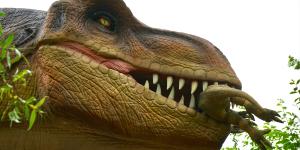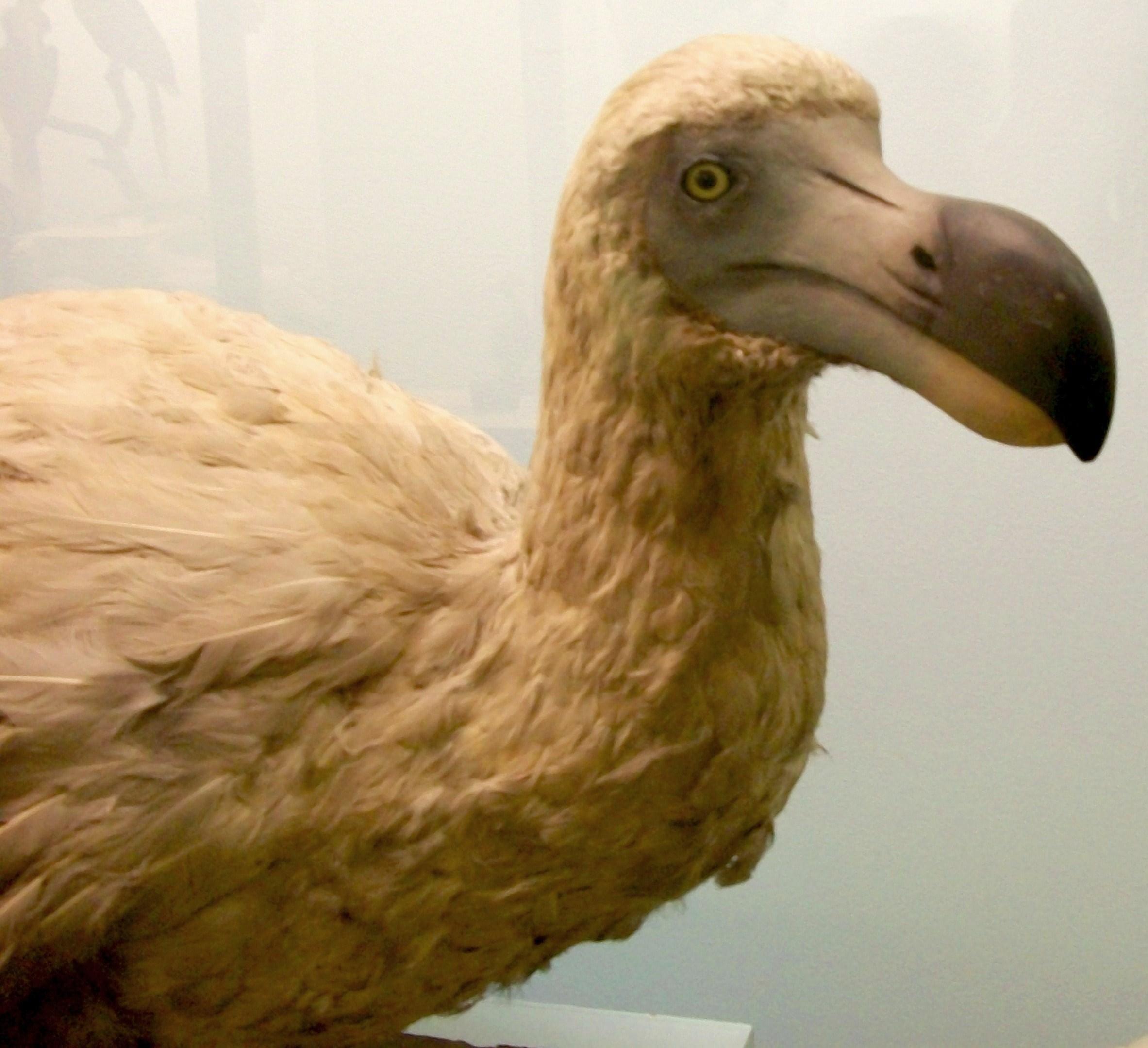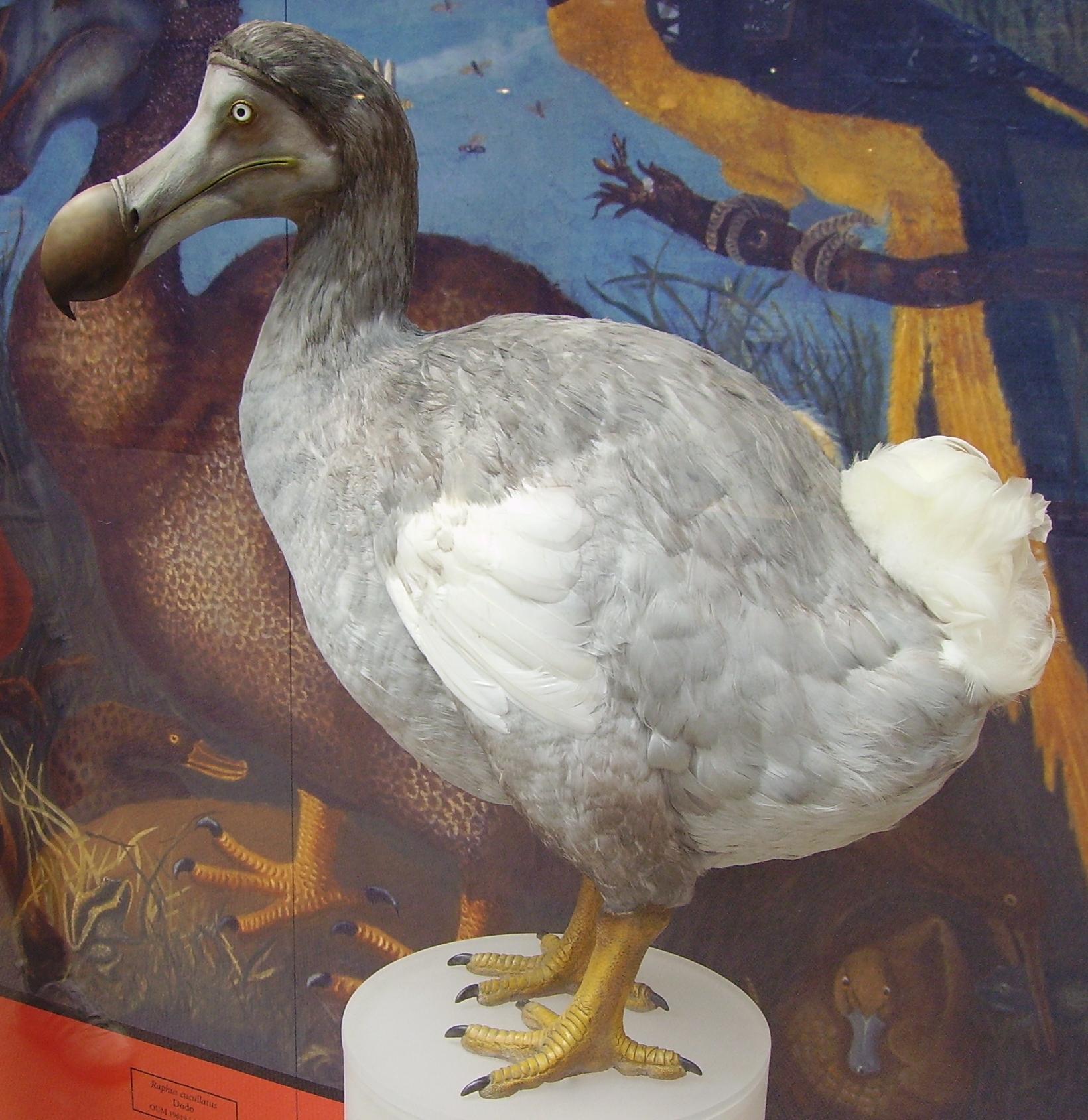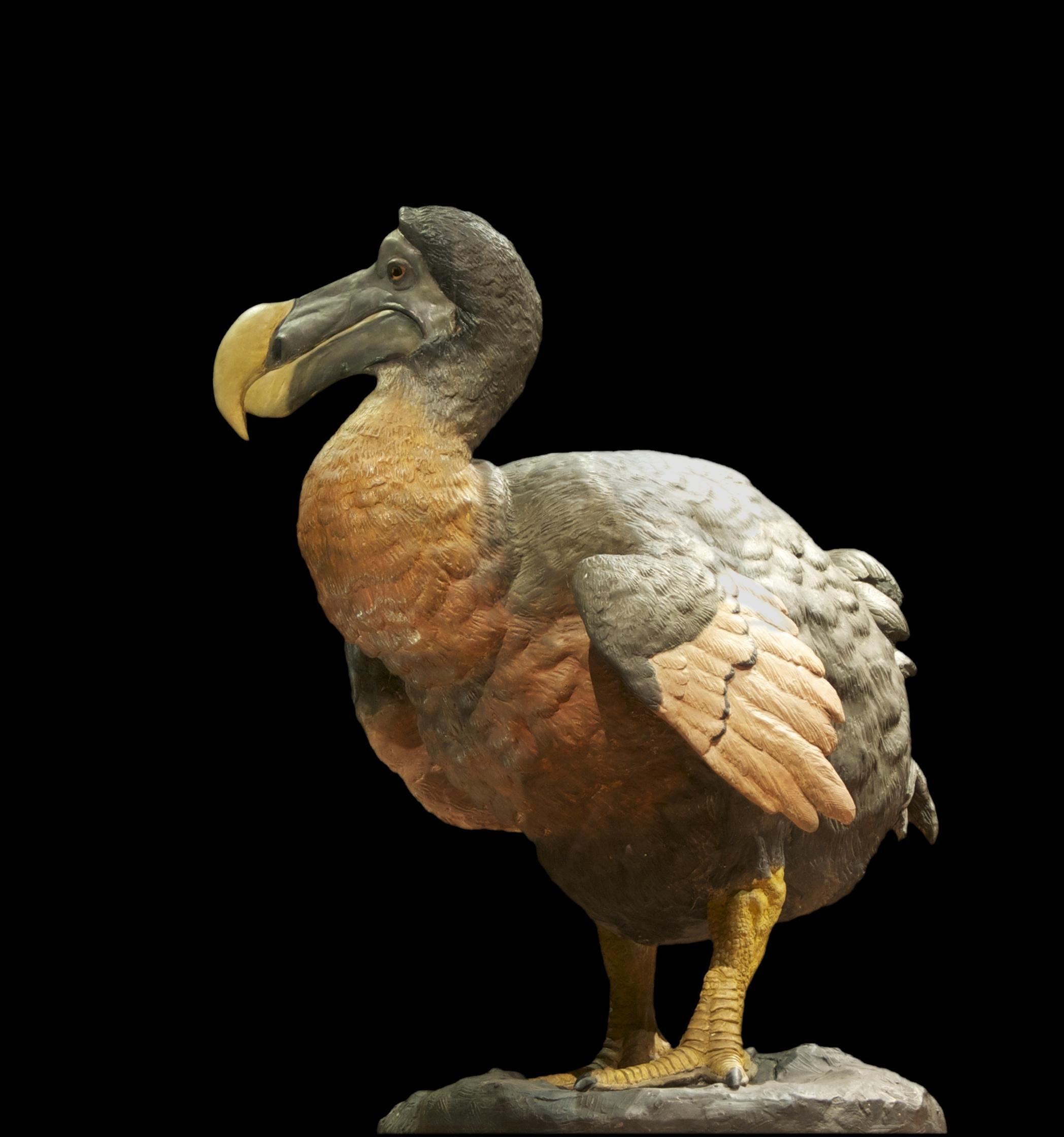Why Did the Dodo Go Extinct?

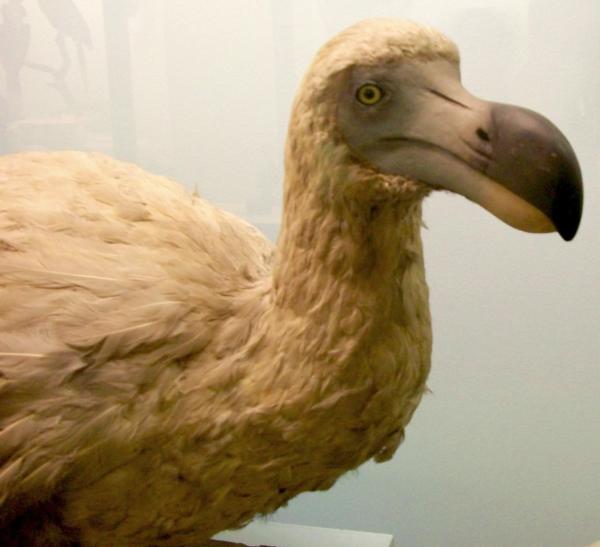
The dodo, an awkward flightless bird with oversized feet and a curious demeanor, has become a symbol of human-induced extinction. Once roaming freely on the island of Mauritius, these gentle giants vanished entirely within a century of human arrival. The dodo's tragic fate serves as a stark reminder of the consequences our actions can have on the natural world.
In the following AnimalWised article, we explore the causes of the dodo's extinction and the lasting impact its disappearance has had on our understanding of conservation.
What is a dodo?
The dodo (Raphus cucullatus) was a flightless bird native to the island of Mauritius in the Indian Ocean. It stood about 1 meter (3.3 feet) tall and weighed around 10-18 kilograms (22-40 pounds).
The bird was covered in grayish-brown plumage, with lighter feathers on its underside. The dodo primarily fed on fallen fruits, nuts, seeds, bulbs, and possibly small land invertebrates. It had a large, hooked beak that was well-adapted for its diet. It was a ground feeder, using its large, strong beak to crack open hard-shelled fruits and nuts.
Mauritius, a volcanic island, provided a unique habitat for the dodo, which had evolved in isolation without natural predators. The island's lush forests and varied topography offered ample food sources and nesting grounds for the dodo. Furthermore, the lack of significant threats allowed the dodo to thrive in this relatively unchallenged ecosystem until the arrival of humans. In fact, its large size and inability to fly were adaptations to the abundant food resources and lack of competition on the island.
The dodo was an integral part of the Mauritian ecosystem. As a large, flightless bird, it played a role in seed dispersal, particularly for native plant species. Some plants, such as the tambalacoque or "dodo tree" (Sideroxylon grandiflorum), were believed to have co-evolved with the dodo, relying on the bird to eat their fruits and help in seed germination.

When was the first sighting of the dodo bird?
The first recorded sighting of the dodo was by Portuguese sailors around 1507. These sailors referred to the bird as "doudo," meaning "fool" or "simpleton," due to its apparent lack of fear of humans. The name "dodo" likely originated from the Dutch word "dodoor," meaning "sluggard" or "lazy."
Dutch sailors and settlers in the early 17th century provided the most detailed early accounts of the dodo. They described it as a large, ungainly bird that was easy to catch and kill. Many of these accounts noted the bird's lack of fear of humans, which contributed to its rapid decline once humans began to exploit the island's resources.
The dodo's seemingly unafraid nature was due to the lack of predators in its native habitat, making it ill-prepared for the sudden threat posed by humans and the animals they brought with them.
The dodo wasn't always flightless. Uncover the amazing adaptations and diversity of prehistoric birds in another fascinating article.

Why did the dodo become extinct?
The island of Mauritius was uninhabited by humans until its discovery by Portuguese sailors in the early 16th century. The Portuguese did not establish permanent settlements, but their visits marked the beginning of human interaction with the island.
The Dutch were the first to establish a colony on Mauritius in 1638. Their settlement introduced significant changes to the island's ecology and marked the start of extensive human exploitation.
Early human settlers and visitors harvested the island's resources, including its rich marine life and forests. The extraction of timber for ship repairs and construction began to alter the natural landscape. The settlers hunted native wildlife, including the dodo, for food. Although initial reports suggested the dodo was not particularly tasty, it was still hunted for fresh meat, especially when other food sources were scarce.
Furthermore, humans introduced various non-native species to Mauritius, either intentionally or accidentally. These invasive species had profound impacts on the native flora and fauna. Examples include:
- Pigs, brought for food, became feral and began rooting in the soil, disturbing vegetation and preying on ground-nesting birds like the dodo.
- Rats, which likely arrived as stowaways on ships, found a new food source in the eggs and chicks of ground-nesting birds. Their proliferation on the island led to significant predation pressure on the dodo's nests.
- Monkeys, specifically the crab-eating macaque, were introduced and also contributed to the predation of bird eggs and competition for food resources.
The introduced animals competed with the dodo for food. Rats and pigs, in particular, consumed many of the same fruits and nuts that the dodo relied on, reducing the available food supply. The most devastating impact came from the predation of dodo eggs and chicks by rats and pigs. The dodo's ground nests, which were previously safe in a predator-free environment, became easy targets.
Hunting by sailors and settlers directly reduced the dodo population. Despite accounts suggesting that the dodo was not a preferred food source due to its taste, the bird was still killed for meat and sport. The dodo's lack of fear of humans made it an easy target. Early accounts described how the birds could be caught and killed with little effort, which contributed to their rapid decline.
Deforestation and land clearing for agriculture by the Dutch settlers significantly reduced the dodo's habitat. The clearing of forests for the cultivation of sugarcane and other crops destroyed the areas where the dodo foraged and nested. Habitat loss not only reduced the available food and nesting sites for the dodo but also increased the exposure of nests to predators.
The combined effects of predation by introduced animals and competition for food created a hostile environment for the dodo. The birds, which had evolved without natural predators, were ill-equipped to deal with the new threats. The rapid environmental changes and the inability of the dodo to adapt quickly enough to these changes led to their extinction.
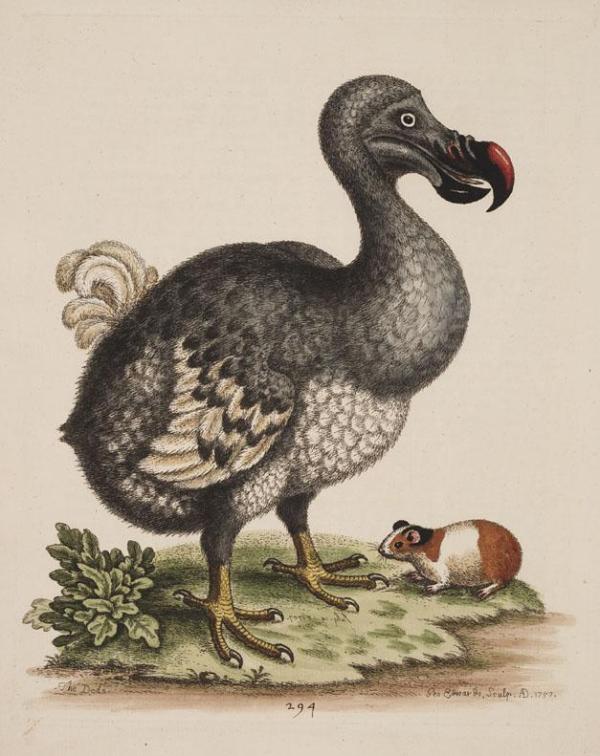
What can we learn from the extinction of the dodo?
The dodo's extinction is a classic example of how human activities can lead to the rapid demise of a species, especially those that evolved in isolated environments without significant threats.
The dodo played a crucial role in the seed dispersal of several plant species on Mauritius. Its extinction likely led to a decline in the regeneration of these plants, particularly the tambalacoque tree (Sideroxylon grandiflorum), also known as the "dodo tree." Some theories suggest that the seeds of this tree required passage through the dodo's digestive system to germinate, though this has been debated.
The introduction and subsequent proliferation of invasive species disrupted the food web and placed further stress on native species, some of which may have also faced extinction or significant population declines.
Insights gained from studying the dodo’s extinction have informed modern conservation strategies. Efforts to prevent similar fates for other species include habitat preservation, control of invasive species, and captive breeding programs.
The extinction of the dodo has become a symbol for conservation movements worldwide. It serves as an example of the consequences of neglecting environmental stewardship. The concept of the "dodo syndrome" is used in conservation biology to describe the extinction risk faced by species with restricted ranges and specialized habitats, encouraging proactive measures to protect them.
Explore the diverse world of extinct cats, from giant hunters to mysterious island dwellers, in another captivating article.

If you want to read similar articles to Why Did the Dodo Go Extinct?, we recommend you visit our Facts about the animal kingdom category.



